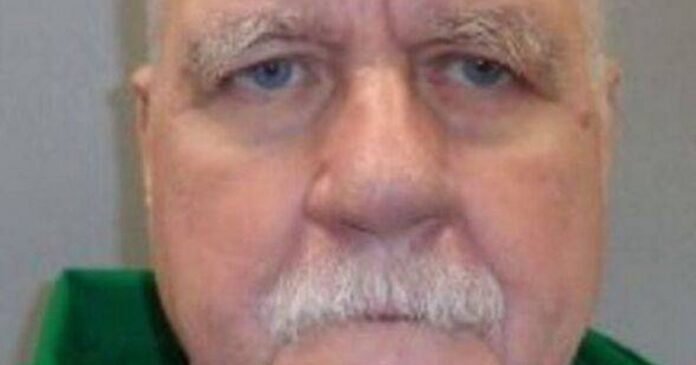The United States reached a significant point in August by conducting its first firing squad execution in 15 years, marking the fourth instance since the reinstatement of capital punishment. Brad Signmon, a 67-year-old convicted of double murder, faced a hail of bullets on Friday, March 7, in this unusual method chosen by the prison.
Despite the Eighth Amendment’s prohibition on ‘cruel and unusual punishment,’ botched executions remain prevalent in America. Reports have detailed harrowing accounts of inmates enduring prolonged suffering, including instances of accidental artery wounds leading to ‘spurting blood.’
The ongoing discourse on death row prisoners’ treatment has attracted attention with the release of a new publication. Author Gianna Toboni recounts a man’s plea for a dignified end and explores the push towards older but more reliable execution methods.
One such account in the publication, titled “The Volunteer: The Failure of the Death Penalty in America and One Inmate’s Quest to Die with Dignity,” narrates the electrocution experience of John Louis Evans in 1983. The transition to lethal gas in 1994 was prompted by the electric chair’s unreliability, as seen in David Lawson’s desperate plea during his execution.
The introduction of lethal injection in 1977 was initially viewed as a swift and clinical execution method. However, over the years, numerous bungled executions occurred, earning 2022 the moniker ‘year of the botched execution’ due to seven reported cases. Despite its perceived simplicity, lethal injection remains plagued by a high rate of errors.
The challenges with lethal injection were exemplified by the case of Thomas Creech, Idaho’s longest-serving death row inmate, whose execution was aborted in February 2024 after a prolonged struggle to find a suitable vein. This incident was cited as a reason against capital punishment for fellow death row convict Bryan Kohberger.
In another distressing incident in April 2014, Clayton Lockett’s execution in Oklahoma turned into a gruesome scene when attempts to locate a vein failed, leading to a prolonged and botched process.
As the debate on execution methods continues, former Utah state representative Paul Ray defended the firing squad’s resurgence, emphasizing the severity of crimes committed by these individuals. Ray highlighted the necessity of acknowledging the gravity of the crimes and the importance of ensuring a method that aligns with the seriousness of their actions, asserting that the execution process cannot be trivialized.
